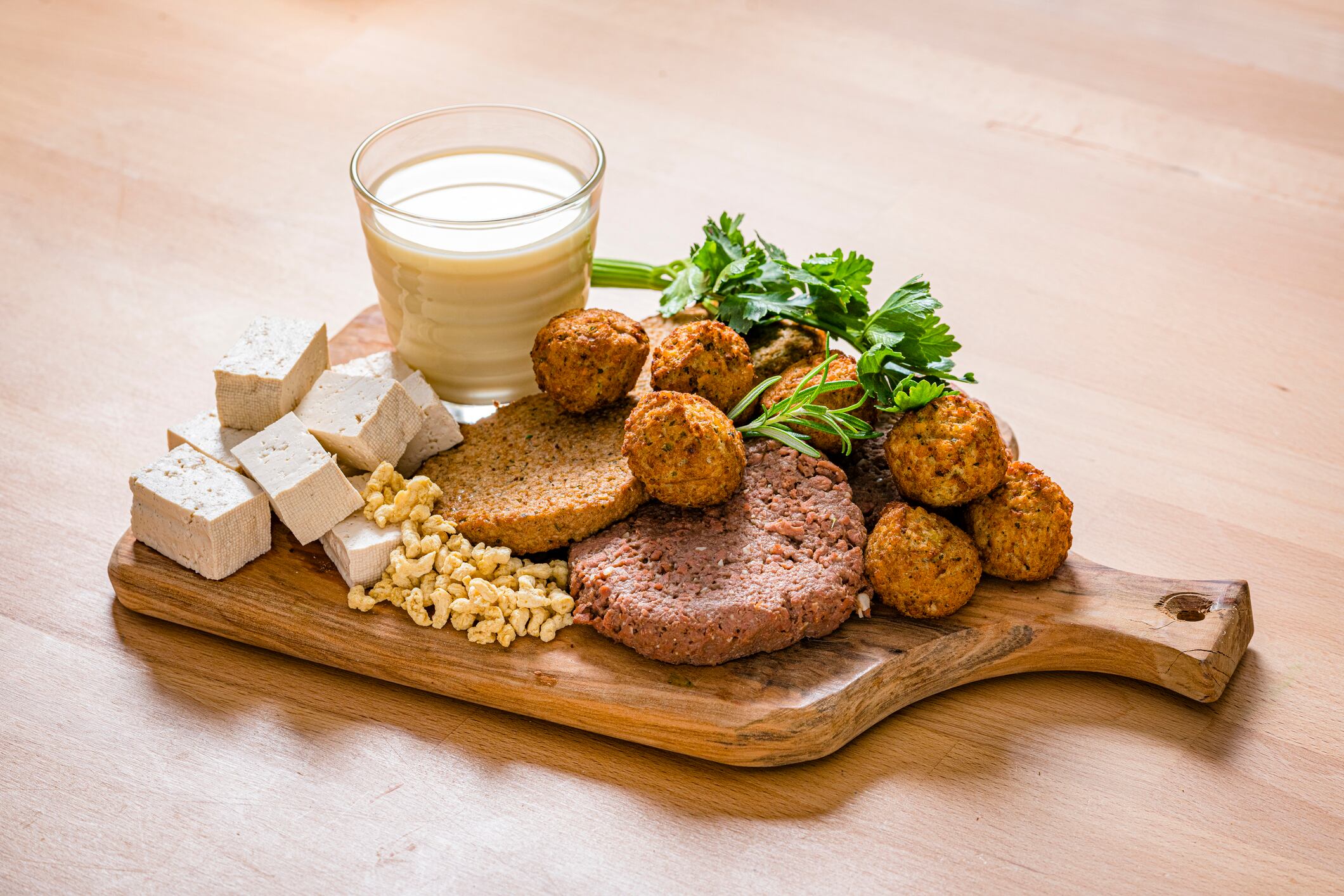In the race to scale sustainable proteins, startups and food manufacturers face a shared challenge: reproducibility – hindered by inconsistent data, testing protocols and equipment calibration.
A panel of experts from across the value chain – academia, ingredient tech, CPG and lab equipment – unpacked the challenges and emerging solutions around standardization and reproducibility in protein innovation, during a Protein Production Technology International webinar.
Moving beyond trial-and-error
“Everyone is still doing it their own way,” said Rodrigo Ledesma-Amaro, director of the Bezos Centre for Sustainable Protein at Imperial College London and its microbial food hub.
He emphasized the urgent need for shared experimental protocols across labs to drive the field forward. His team is working with the BBSRC Center for Engineering Biology to reduce variability through automation and standardized workflows.
Ledesma-Amaro also pointed to initiatives like the Periodic Table of Food Initiative, which applies multi-omics methods (i.e. comprehensive biological data analysis) to map the molecular fingerprint of food.
The goal is to produce reproducible data that can train AI models to predict nutritional performance and functionality, he explained.
Future Food-Tech Chicago panel will explore sustainable protein design
Join Future Food-Tech Chicago June 2-3, 2025 for two days of networking and education on the alternative protein industry.
The panel, Bridging the Supply Gap: Designing Sustainable Ingredients and Proteins, will look at how companies are innovating their supply chains to secure sustainable ingredients and proteins, with a particular emphasis on R&D and innovation.
Moderator:
Cristina Rohr, Managing Director – Food & Agriculture, S2G INVESTMENTS
Speakers:
Brandy Edmonds, Vice President Innovation, Technology, & Quality, GENERAL MILLS
Edward Shenderovich, CEO, SYNONYM
Julian Melchiorri, CEO & Founder, ARBOREA
Allyson Fish, President, Chief Commercial Officer, Precision Fermentation, ADM
The limits of current tools
For companies developing plant-based and fermentation-derived proteins, ingredient variability can sink a formulation before it ever hits production.
“To understand particle size, a lot of companies just use sieving, and this does not give you a very good overview of what the actual particle size distribution looks like, and this really affects the texture of your product and also the viscosity,” said Lisa Zychowski, head of formulations and strategic procurement at Swiss alt-meat brand Planted Foods.
Without standardized methods to measure how a protein behaves under high-moisture extrusion or thermal processing, brands are left to make critical decisions based on guesswork.
She underscored the need for affordable, scalable tools that can capture protein functionality more precisely. As consumer expectations evolve from clean labels to complete nutrition, the pressure is on for formulators to work with more granular data.
Scaling insights without breaking the bank
For startups, the idea of investing in new equipment can be daunting. However, small updrades – like an autosampler for titration (measuring the concentration of a dissolved substance until a chemical reaction takes place) – can dramatically improve repeatability in the lab, Michelle Kuzio, product manager for equipment provider Xylem Laboratory Solutions, explained.
“When you put the human factor in, your reproducibility goes down. And so if you can look at your lab and say, ‘hey, what task can I automate for a reasonable price?’” she said.
For example, adding an automated titrator can “suddenly narrow that wide reproducibility,” Kuzio said.
Her advice: start small, automate selectively and build out validation steps early.
Calibrate, then trust
While rapid analytical tools like NIR and X-ray are often marketed as plug-and-play, they still depend on careful calibration.
“Rapid tools are only as good as the data you feed them,” said Lucas Brieger, international customer and application support from lab equipment and analytical systems provider C. Gerhardt GmbH and Co. KG. He emphasized that even the best labs can misfire if sample prep is inconsistent or calibration datasets are weak – especially when working with novel protein sources.
This was echoed by BJ Bench, managing director FSQA & Laboratories at Tyson Foods, who summed it up with a key principle: matrix matters.
Even if two samples have the same protein content, their behavior in extrusion or fermentation could be completely different, Brieger said. To scale effectively, manufacturers must account for real-world variability and validate tools accordingly.
Building a shared foundation
Priera Panescu, lead scientist at The Good Food Institute, argued that inconsistency is not just a technical challenge – it is a strategic one.
While the industry aims for functional equivalency, the starting material is inherently variable, and the lack of harmonized protocols makes it worse, she said.
Panescu stressed that now is the time for industry to take a pre-competitive, collaborative approach to standard-setting.




